Planning Pays Off: 5 Strategies to Get the Most Out of Your Delivery Speed Choice
November 10, 2024
5 min read
Optimize Your B2B Shipping for Bulk Orders
The B2B market is expected to be $28 trillion in 2024, proving the significance of effective shipping solutions to manage large orders.
Managing orders and shipments is another important aspect of business growth, as most companies in the B2B sector deal with massive orders. Since a lot of buying is done in bulk, especially as organizations expand, the issue of shipping management gains significance.
Large order challenges include identifying appropriate carriers and packaging and reliable delivery times.
In this guide, we will discover the best B2B shipping practices that make the process easy, cost-efficient, and satisfying for both the shipper and the receiver.
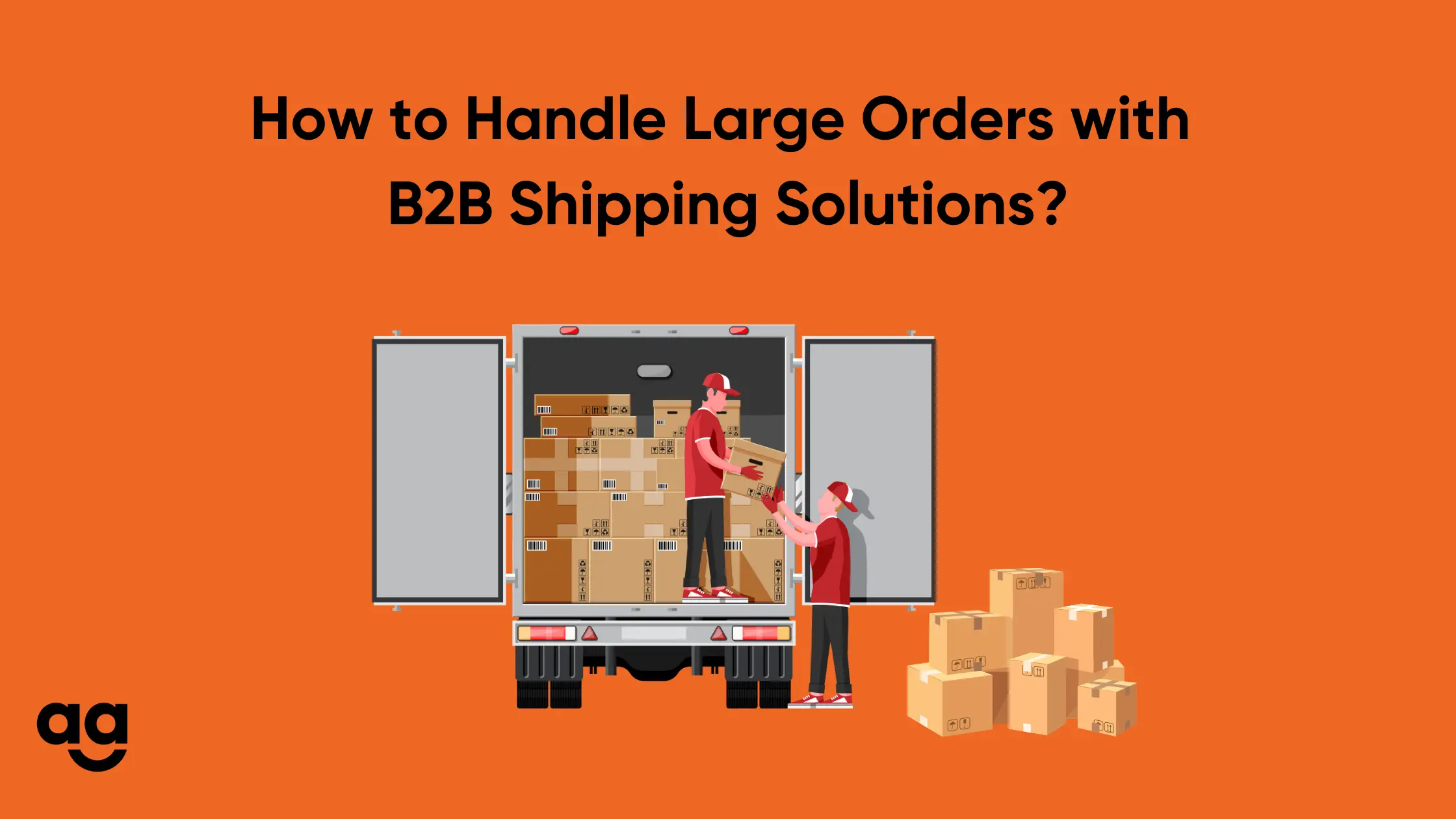
6 Best B2B Shipping Practices to Handle Large Orders
Below are the six effective tips to consider while handling larger orders:
Assess Your Shipping Needs
Order Size and Weight: Know the measurement weight of your consignment. This information will determine the choice of shipping methods and carriers.
Destination: Determine the consignment delivery points and assess the locations. Depending on the organization, the order may be local, national, or international, and each requires a distinct approach.
Tips on How to Choose a Right Shipping Carrier
The selection of carriage service providers for B2B shipping needs a lot of consideration, especially when the shipment in question is large. Here are some factors to consider:
Cost Efficiency: Check on the various carrier’s rates.
Reliability: Go through some carrier performance indexes to ensure that they are reliable at delivering shipments on time.
Specialized Services: Certain B2B shipping services provide value-added services related to large shipments, including freight forwarding or transportation of goods requiring certain temperatures for storage and or distribution.
Optimize Packaging
B2B shipping handling becomes easier when the products are well-packed. When selling your products, packaging is essential both to safeguard your items and to conform to shipping policies.
Here’s how to optimize packaging:
Use Durable Materials: Select a material on which you may pack your product in a way that the package will not be easily damaged during transportation.
Labeling: Make sure that there are shipping details, handling details, and any other necessary papers written on the outside of the packages.
Fix Your Inventory Management
One of the most critical areas where a good inventory management system can help you is in large-order shipping.
Here are some benefits of using such a system:
Real-Time Tracking: Ensure that stock-in and stockout data is updated and timely to avoid stockouts and situations of overstocking.
Order Management: Automating the process eliminates the possibility of making mistakes during the preparation of sales orders. This is highly relevant when placing large orders that might contain many items.
Reporting and Analytics: Use the data to help predict customers’ demand and ensure that you can quickly fulfill large orders if necessary.
Communicating with Your Customers
Huge volumes of orders may cause communication gaps, which must be prevented to ensure the efficiency of service delivery. Allaying the customer’s information needs can improve their experience and confidence in the product.
Order Confirmation: Shipping and delivery confirmation emails, including order summary, estimated delivery date, and tracking number.
Regular Updates: Sharing the position of the shipment through the shipping process, especially in case there is any delay or change
Returns and Exchanges
Dealing with large orders comes with the possibility of returns or exchange scenarios.
Set up a return policy and make sure that your shipping options meet such cases. Consider the following:
Return Shipping Labels: Encouraging customers to return products, it is recommended to use pre-paid return shipping labels.
Flexible Policies: Establish reasonable returns policies that allow companies to accept returns when it becomes necessary for large orders, too.
Optimize Large-Order B2B Shipping with Shipyaari
Managing a large number of orders in B2B shipping may seem like a challenge, but it is possible to optimize the process and improve the customer experience.
The above are six ways that organizations can handle large orders and succeed in the B2B environment. Adopt these strategies to guarantee that your shipping solutions are relevant to the needs of your business and your clients.
Apart from these, you can consider Shipyaari to elevate your business with our complete suite of logistics and SaaS solutions.
Connect with us today to get started!
Frequently Asked Questions
The most effective way to choose the right B2B shipping strategy for bulk shipments is to consider order size, weight, time of delivery, and destination.
Call or meet with the carriers to get better rates based on the carrier, properly pack your items, and try to ship your products in large quantities to reduce shipping costs.
Language barriers and cultural differences can lead to misunderstandings in communication, affecting negotiations, timelines, and compliance accuracy.
Improving stock management, acquiring more shipping spaces, and preparing workers for large-scale operations should all contribute to general preparedness.
Suggested Reads
Hyperlocal Personalization: Tailoring Experiences for Local Customers
Introduction The eCommerce industry in India has witnessed a rapid growth of hyperlocal services in
Continue ReadingDec






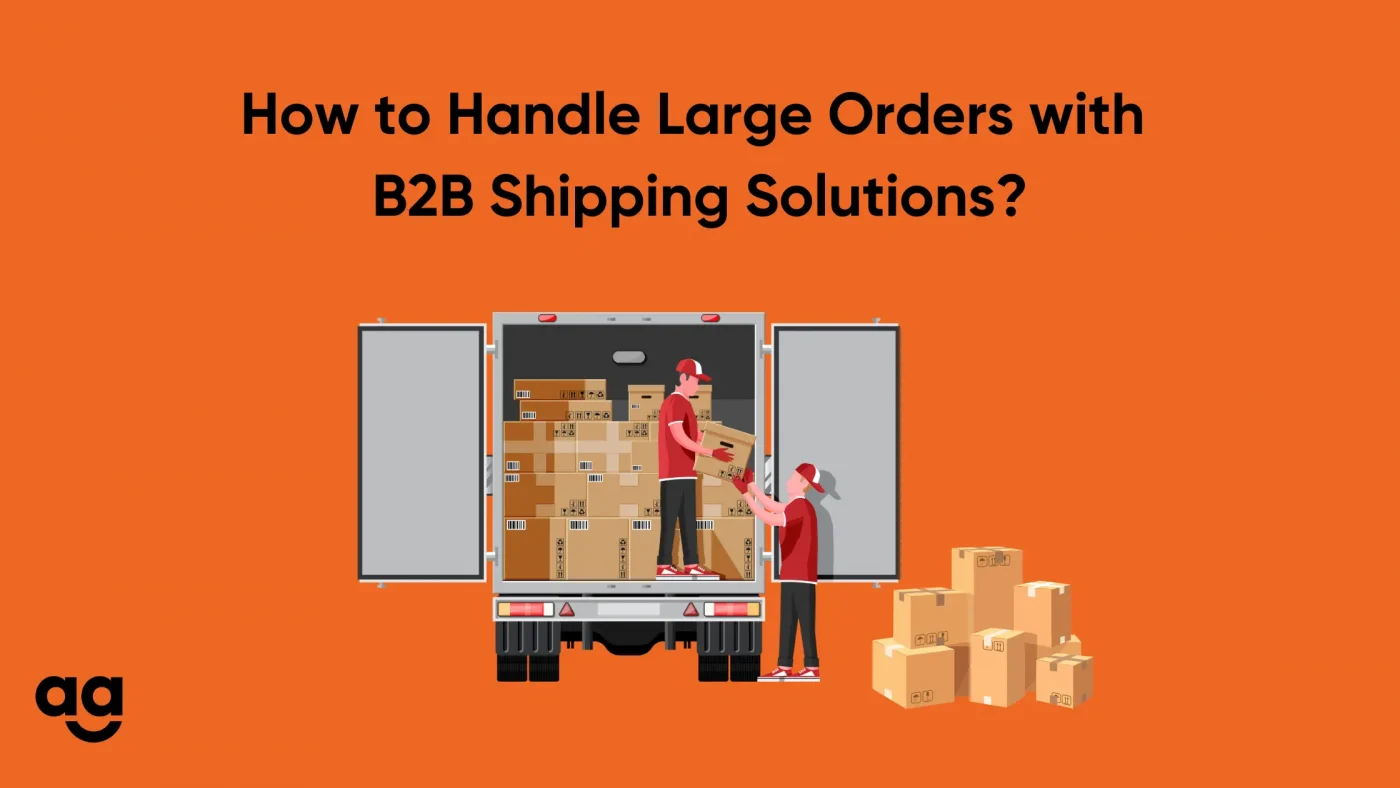



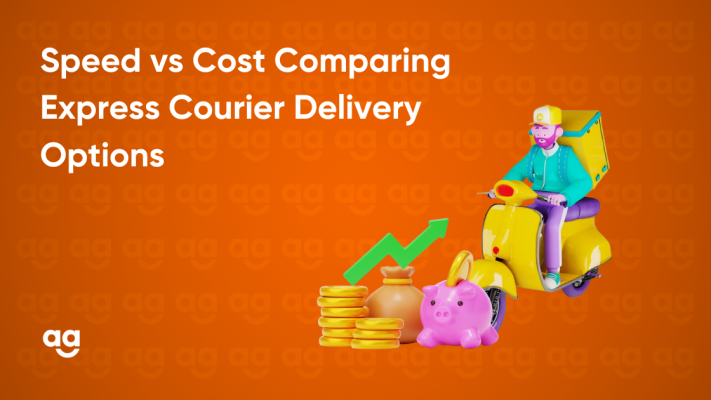

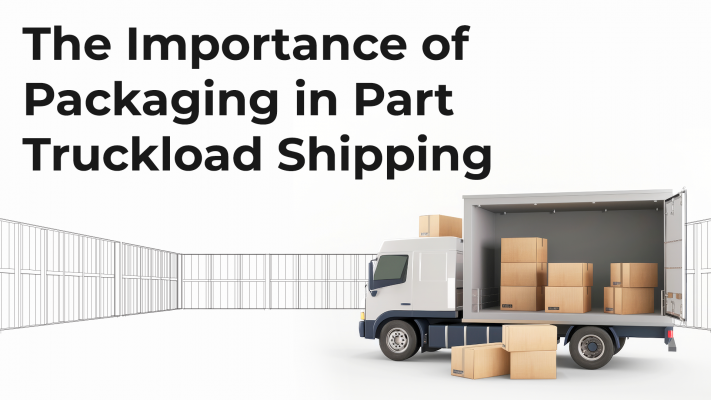
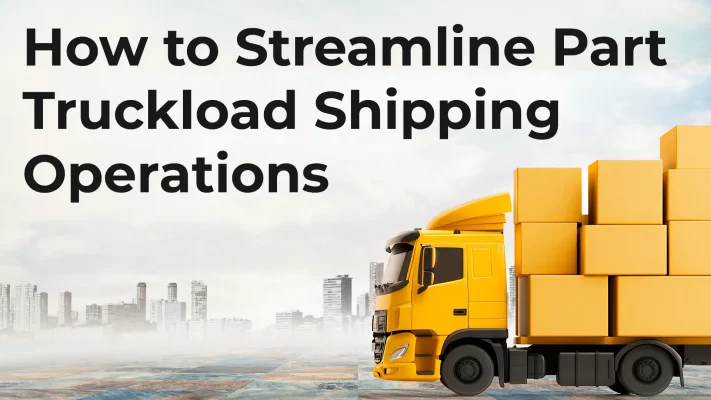
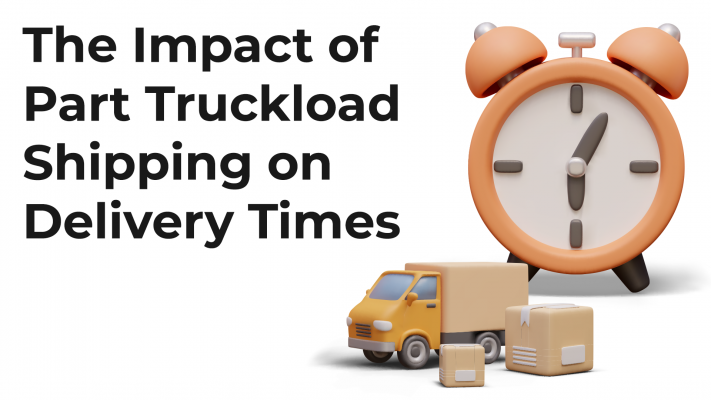

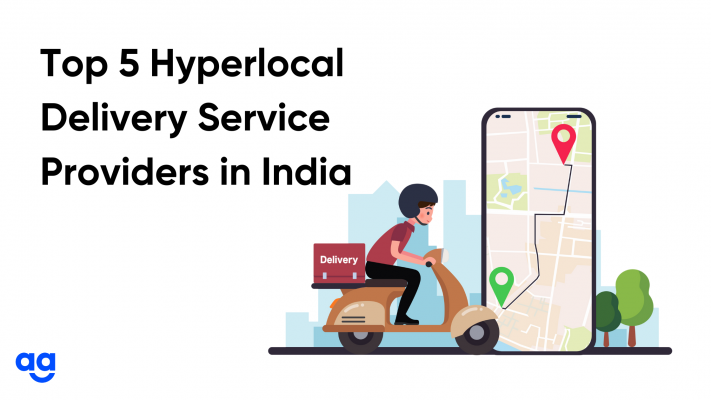


 Shipping
Shipping







